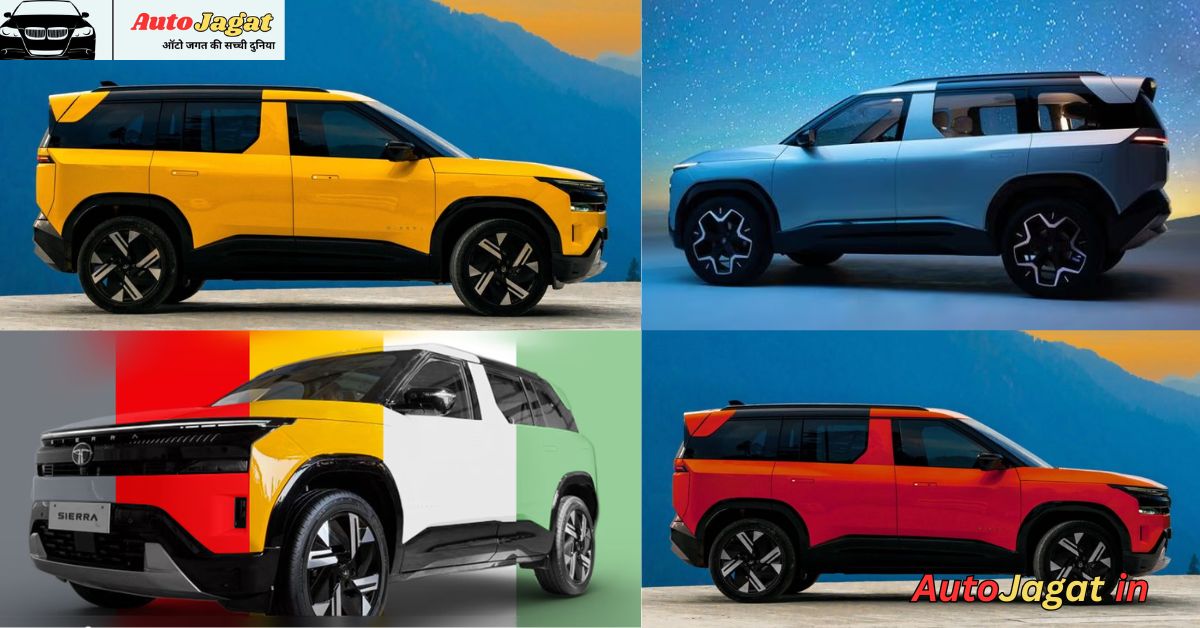Waymo has officially expanded its robotaxi service to highways and airports in major U.S. cities, marking a historic milestone in autonomous transportation. After years of testing and gradual rollouts, the Alphabet-owned company is now offering driverless rides on freeways in San Francisco, Los Angeles, and Phoenix, while also enabling curbside pickups at San Jose Mineta International Airport.
🌟 A Decade in the Making
Waymo began as Google’s self-driving car project over a decade ago. Since then, it has evolved into one of the most advanced autonomous vehicle companies in the world. While robotaxis have been operating in select urban areas for years, highways remained the final frontier. Freeways present unique challenges—higher speeds, complex merges, and unpredictable traffic patterns. Overcoming these hurdles required years of refinement in Waymo’s fifth-generation autonomous driving platform, which integrates five lidars, six radar sensors, and 29 cameras.
🛣️ The Highway Breakthrough
As of November 2025, Waymo robotaxis can now:
- Operate on freeways and interstates in San Francisco, Los Angeles, and Phoenix.
- Pick up and drop off passengers at airports, starting with San Jose Mineta International Airport.
- Reduce ride times by up to 50% by using highway routes instead of slower city streets.
This expansion is not just about convenience—it’s about proving that autonomous vehicles can handle the most demanding driving environments.
⚙️ Technology Behind the Success
Waymo’s breakthrough lies in its multi-sensor approach. Unlike Tesla’s camera-only system, Waymo combines lidar, radar, and cameras to create a 360-degree understanding of the road. Critics, including Elon Musk, argued that this “sensor contention” would prevent highway driving. Yet Waymo’s successful rollout demonstrates that redundancy in sensors can enhance safety rather than hinder it.
The company’s AI continuously processes millions of data points per second, predicting the behavior of other vehicles and adjusting in real time. This allows robotaxis to merge onto highways, change lanes, and exit ramps with human-like precision.
🌍 Impact on Urban Mobility
The expansion of Waymo robotaxis has profound implications:
- Faster Commutes: Highway access means shorter travel times, making robotaxis more competitive with traditional ridesharing.
- Airport Integration: Curbside pickups at airports eliminate one of the biggest pain points for travelers.
- Scalability: With a 260-square-mile network in the Bay Area, Waymo is laying the groundwork for nationwide expansion.
- Sustainability: Autonomous fleets can optimize routes, reduce congestion, and lower emissions.
🧑🤝🧑 Public Reception and Challenges
Despite the technological triumph, public acceptance remains mixed. In San Francisco, some residents have expressed skepticism, and there have even been incidents of vandalism against robotaxis. Concerns include:
- Safety: Can autonomous cars truly handle unpredictable human drivers?
- Jobs: What happens to taxi and rideshare drivers as automation scales?
- Trust: Will passengers feel comfortable riding without a human driver?
Waymo is addressing these concerns through transparency, rigorous safety testing, and gradual rollouts.
🔮 The Road Ahead
Waymo’s highway expansion is just the beginning. The company plans to extend robotaxi services to more regions, eventually creating a seamless autonomous network across the U.S. and beyond. Future developments may include:
- Integration with public transit for last-mile connectivity.
- Autonomous freight transport, leveraging highway capabilities for logistics.
- Global expansion, bringing robotaxis to Europe and Asia.
✨ Final Thoughts
The phrase “Waymo robotaxis can finally go” captures more than just a technological milestone—it symbolizes the dawn of a new era in mobility. By conquering highways and airports, Waymo has proven that autonomous vehicles are ready to move beyond experimental city loops and into mainstream transportation.
For riders, this means faster, safer, and more convenient travel. For cities, it means cleaner air and reduced congestion. And for the future of mobility, it means the dream of fully autonomous travel is no longer science fiction—it’s here, and it’s rolling down the freeway.

Hello, my name is Himanshu Kumar and I am an experienced Digital Marketer. I have been blogging for the last 4 years and I have special interest in SEO. Here I give you easy bikes and writes easy-to-understand reviews and news about the latest bikes, helping readers choose the best options.. My aim is to always provide you with accurate, new and useful information.





